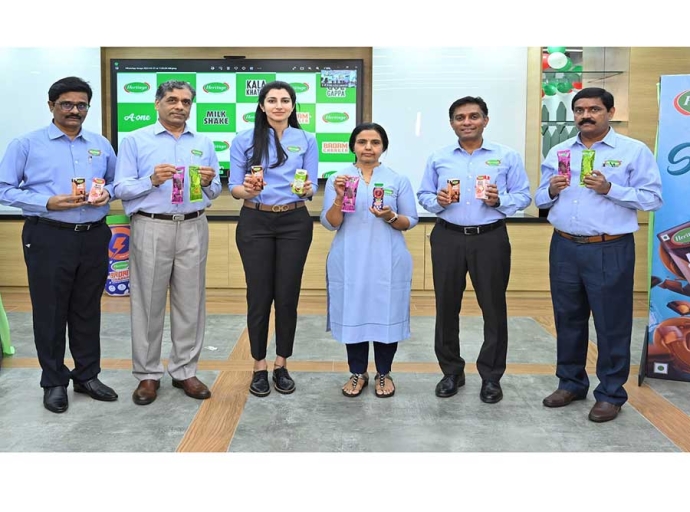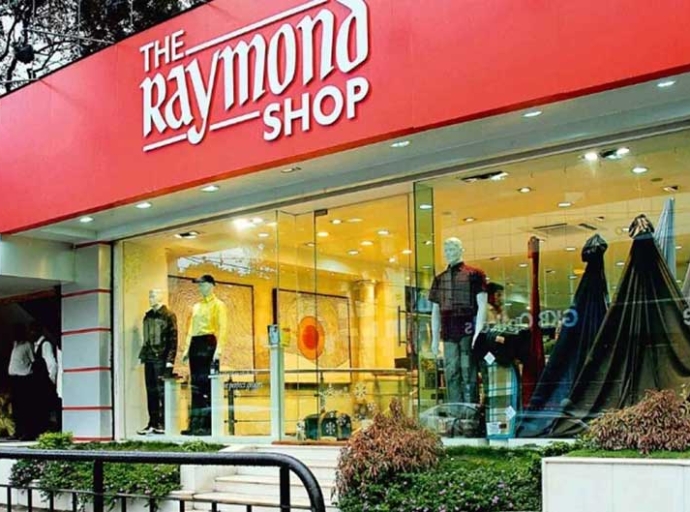Tech Weaves Magic: How Indian fashion is embracing digital transformation

07 August 2024, Mumbai
The Indian fashion industry, a vibrant tapestry of tradition and modernity, is undergoing a dramatic metamorphosis. At its heart is technology, a potent tool that is empowering brands and retailers to stand out, grow, and redefine the fashion landscape.
Data-driven design and demand forecasting
Gone are the days of gut feelings and market speculations. Today, fashion is increasingly driven by data. AI-powered analytics are helping brands understand consumer preferences, predict trends, and optimize inventory. "Data is the new fabric of fashion," says Rakesh Nesari, CEO of Stylumia, a Bengaluru-based fashion intelligence company. "By analyzing vast amounts of data, we can help brands reduce unsold inventory by up to 60 per cent while boosting sales and profits."
Stylumia's success story is a testament to how data can revolutionize the fashion industry. By providing real-time insights into consumer demand, the company has helped numerous Indian fashion brands make data-driven decisions, leading to increased efficiency and profitability.
From the bustling fashion hubs of Delhi and Mumbai to the emerging design centers of Bengaluru and Hyderabad, Indian fashion is increasingly leveraging technology to differentiate itself. "Technology is no longer a luxury but a necessity," says Ritu Kumar, a renowned Indian fashion designer. "It's about creating unique experiences for our customers, understanding their needs better, and staying ahead of the curve."
Artificial Intelligence (AI), the fashion stylist
One of the most significant technological disruptions is AI, which is reshaping the industry from design to retail. Designers are using AI-powered tools to analyze trends, predict consumer preferences, and create innovative designs. For instance, fashion giant Myntra's AI-driven 'Style Mynt' feature curates personalized outfits based on customer preferences, enhancing the shopping experience. "AI is helping us understand our customers at a granular level," says Ananth Narayanan, CEO of Myntra. "It's enabling us to offer hyper-personalized recommendations, reducing return rates, and increasing customer satisfaction."
VR/AR, the dressing room of the future
Virtual/Augmented Reality (VR/AR) are transforming the way customers interact with fashion. Brands are using these technologies to create immersive shopping experiences, allowing customers to virtually try on clothes, visualize outfits, and make informed purchase decisions. For example, Lenskart, an eyewear retailer, has successfully implemented AR try-on features, driving significant sales growth. "VR/AR is bridging the gap between online and offline shopping," says Peyush Bansal, Founder of Lenskart. "It's empowering customers to experience products in a realistic way, leading to higher conversion rates."
Supply chain optimization
The fashion industry is notorious for its complex supply chains. Technology is streamlining operations, reducing lead times, and improving sustainability. Blockchain technology is being explored to enhance transparency and traceability. Blockchain has the potential to revolutionize the fashion supply chain, say stakeholders. By tracking the journey of a garment from raw material to the final product, one can ensure ethical and sustainable practices.
Fashion brands like Fabindia are exploring blockchain to track the journey of their products, ensuring ethical practices and building consumer trust. "Blockchain is revolutionizing the way we operate," says William Nanda, CEO of Fabindia. "It's helping us build trust with our customers by demonstrating our commitment to sustainability and ethical sourcing."
Sustainable fashion a tech-driven imperative
Sustainability is no longer a buzzword; it's a business imperative. Technology is playing a crucial role in making fashion more eco-friendly. Smart fabrics or innovative fabrics with features like temperature regulation and self-cleaning are being developed using advanced textile technologies. Technology is aiding in the development of processes to recycle and upcycle old garments, reducing waste and conserving resources.
Building brand image beyond the product
Technology is transforming how brands communicate with their audience. Social media and influencer marketing with platforms like Instagram and TikTok have become essential for fashion brands. Collaborating with influencers and creating engaging content is key to building a strong brand image. Moreover, the pandemic accelerated the adoption of virtual fashion shows. This format offers greater reach, cost-efficiency, and opportunities for interactive experiences.
The road ahead
While technology offers immense potential, challenges remain. Investing in technology requires significant resources, and there's a need for skilled talent. Additionally, data privacy and security are paramount. However, the rewards are substantial. By embracing technology, Indian fashion brands can not only survive but thrive in an increasingly competitive market. And technology is not just a tool; it's a strategic imperative. Those who adapt will lead, and those who don't will be left behind.
The integration of technology into the Indian fashion industry is still in its early stages. As technology continues to evolve, we can expect to see even more innovative applications in the coming years. From personalized fashion recommendations to virtual fashion shows, the possibilities are endless. "The future of fashion is digital," says Sunil Sethi, President of the Fashion Design Council of India. "Brands that embrace technology will not only survive but thrive." By harnessing the power of technology, Indian fashion brands and retailers are poised to become global leaders, captivating audiences with their creativity, innovation, and customer-centric approach.
Latest Publications

































